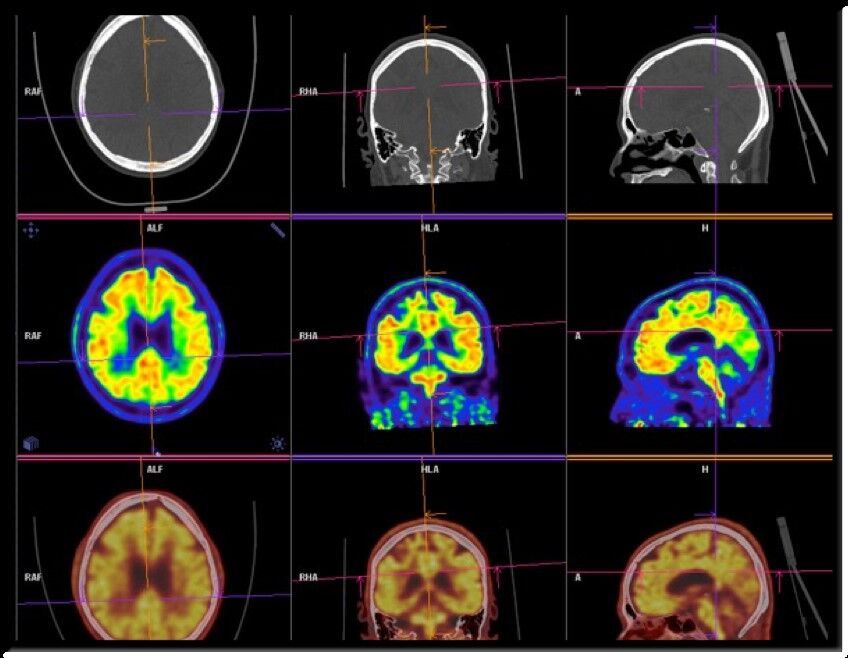The complex circuitry of the brain is the source of our emotions, thoughts, and behavior. One of the most important types of behavior, in humans and other animals, are social interactions with others. Neuroscientists studying the role of brain processes in social interactions hope to understand their role in conditions, such as depression, social anxiety, and autism, that affect successful human social interactions.
In 2022 a team of Japanese researchers reported an important new clue about the basis in the brain for social interactions. They found it by studying mice in their laboratory. The researchers outfitted mice with devices that recorded oscillating electrical brain waves in two brain areas called the prefrontal cortex and the amygdala, known to be involved in various aspects of social behaviors and emotions. The researchers found that a particular type of oscillating brain wave patterns occurred within and between these areas only when a mouse interacted socially with another mouse.
Besides studying brain wave patterns in mice exhibiting typical social behaviors, the researchers also did so in mice exhibiting symptoms that looked like depression or autism in humans. They found that the socially deficient mice showed different oscillating brain wave patterns than typically behaving mice. To show that the brain wave patterns actually played a role in causing social behavior, the researchers used forms of brain stimulation to artificially induce the usually observed brain wave patterns in socially deficient mice, and found that this stimulation could restore the mouse’s tendency to interact socially with others.
The researchers hope that this important clue will be the foundation for much further research aimed at a detailed understanding of the brain basis of social interactions.










